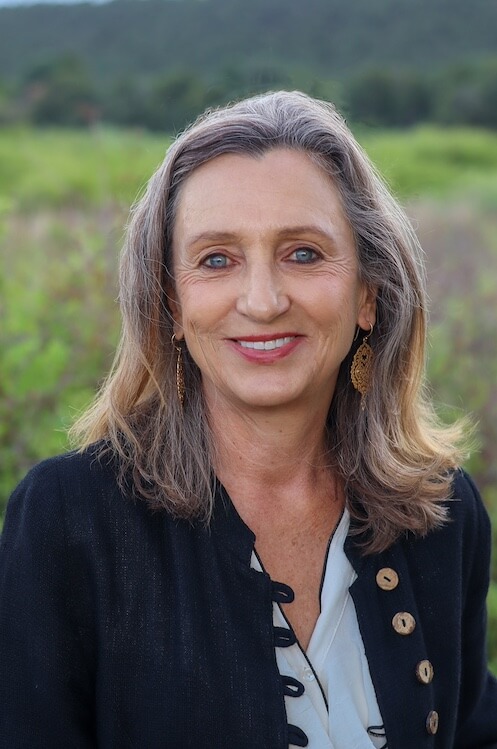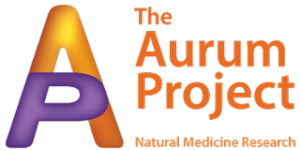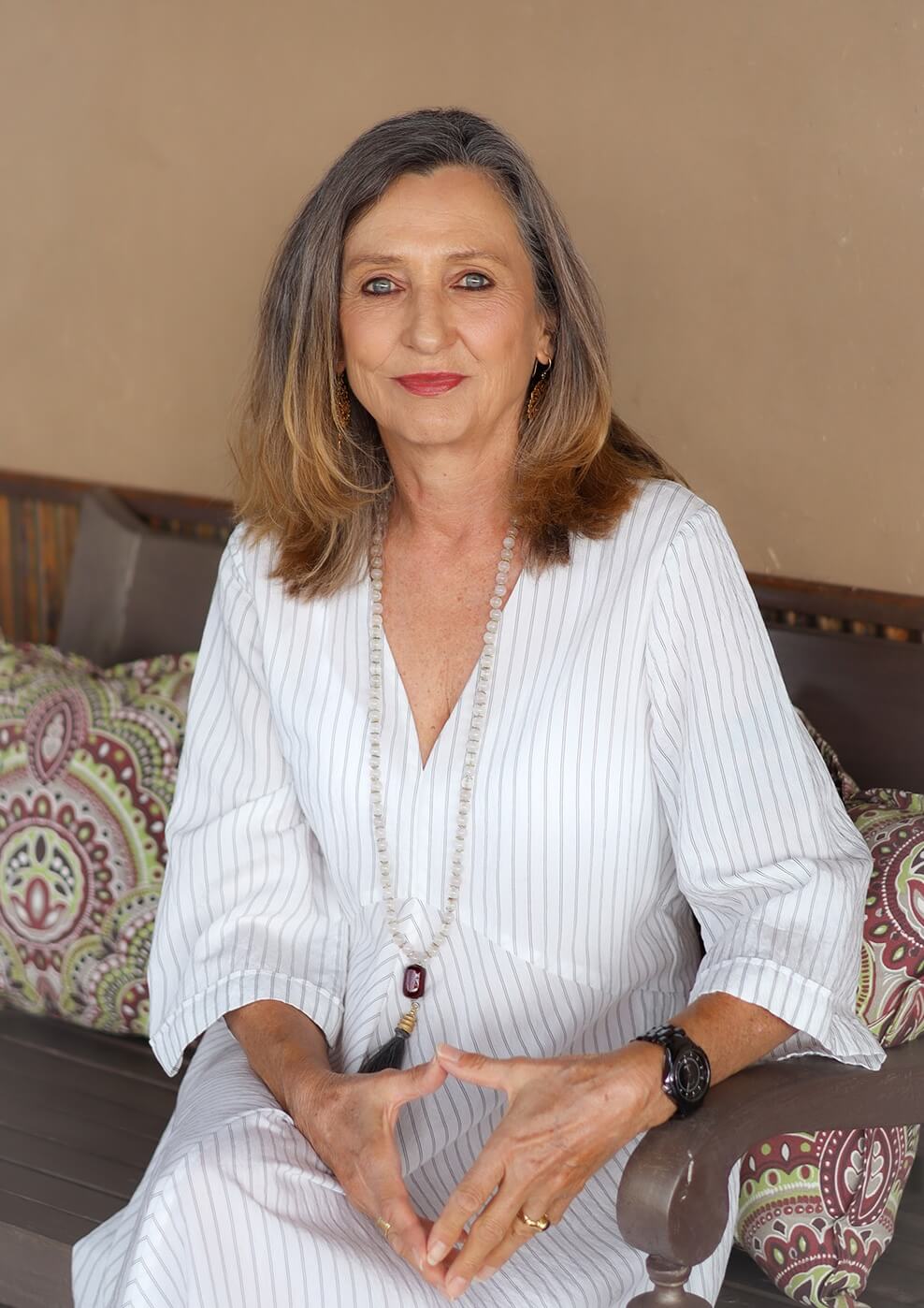Angelika Maria Koch, DNM RSHom, HNH, NBC-HWC, takes us on her homeopathic journey from the College of Homeopathy in 1987 London, to teaching homeopathy as an adjunct professor at the University of New Mexico, USA. She introduces us to the foundational place of homeopathy in BSc and MSc courses, to integrate students’ native understanding of healing with a practical and philosophic basis of homeopathy. Thus she is offering higher education at the grassroots level.

Angelika Maria Koch, DNM RSHom, HNH, NBC-HWC
My homeopathic education and training started in 1987 at the College of Homeopathy, London. Barbara Harwood and Robert Davidson, the principals of the college and my teachers, offered a four-year progressive and diverse training in homeopathy. My classmates were a group, of whom many are now renowned homeopaths, teachers, and writers; and my supervisors are still teaching. My post-graduate training with Jeremy Sherr’s Dynamis School further deepened my understanding of the art of homeopathy. I was part of the Salmon proving group (Oncorhynchus tshawytscha). Francis Treuherz awarded me with the certificate of registration with the Society of Homeopaths. It was a truly memorable time. From 1995-1999 I supervised final-year students at the College of Homeopathy, and my homeopath Martin Miles took good care of me.
At that time, Rajan Sankaran’s weekend conferences were attended by more than 300 students and practitioners. The auditorium ‘sizzled’ with excitement and eagerness to learn. We were on cloud nine of homeopathic bliss. These were the heydays of homeopathy in the UK, and its colleges and institutions were thriving! The point I am making here is that during these years studying homeopathy seemed to offer a well-known and exciting future prospect, especially in the UK. Although these ‘roaring years of homeopathy’ in the UK are no more, many wonderful colleges and schools of homeopathy continue and offer wider educational opportunities than ever before. Even during these early days of my unfolding lifelong journey with homeopathy, I distinctly became aware of the importance and beauty of education.
In 2000, I moved to the US, settling in New Mexico, situated between Arizona and Texas. New Mexico is a unique place on this Earth! It has some of the flattest land as well as some of the most rugged (Rocky) mountains in the country. Some portions of the state are rich in pine forests, meadows, and fish-laden mountain streams, while other areas are devoid of any water bodies, and even cacti struggle to survive.

More than four-fifths of the people of New Mexico are of European descent, Hispanic origin, or a mix thereof. The original Spanish settlers intermarried with the Native Americans, and their descendants are designated as Spanish Americans (Hispanos), while those who have arrived more recently from Mexico and elsewhere in Latin America and their descendants are generally referred to as Mexicanos, Latinos, or, less formally, Chicanos. Spanish Americans made up much of the population until the 1940s and people of Hispanic heritage (both Hispanos and Latinos) still account for more than two-fifths of the population.
Native Americans constitute about one-tenth of the state’s population. The large Navajo reservation in northwestern New Mexico extends into Arizona. There are also reservations for the Ute, the Jicarilla, and Mescalero Apache peoples; Pueblo Indians live on some 2,000,000 acres (800,000 hectares) of scattered land grants. New Mexico is represented by its unique fusion of three cultures—Spanish American, Native American, and Anglo-American and is also comparatively a poor state, ranking among the lowest in the country in per capita income.
I live in Northern New Mexico in the Sangre de Cristo Mountains. This is home to the Taos Pueblo, the only living Native American community designated both a World Heritage Site by UNESCO and a National Historic Landmark.
From 2007 onwards, I started teaching in-class homeopathy courses at the University of New Mexico. First, at the Holistic Health & Healing Arts Department and later online courses at the UNM main campus in Albuquerque. Today, with 18 years of teaching experience as an adjunct professor, I have gathered a wealth of knowledge regarding the continuous evolution of higher education and teaching homeopathy, not only as a recognised and accredited curriculum but also being successfully implemented into the educational learning system among all other health sciences. Due to my multifaceted professional skills and certifications, I teach up to twenty full-semester online courses in integrative medicine each year.
The topics of the courses range from:
- Thriving With Homeopathy, A Practical Guide for the Whole Family, Nurses & Beyond
- Thriving With Homeopathy for Birthing Life, A Practical Guide for Midwives, Nurses, Childbirth Educators, and Mothers-to-be
- Integrative Mental Health online course
- Health & Wellness Coaching online course
- Quantum Healing online course
The online courses are part of future degrees such as a Bachelor of Science (B.S.), a Master of Science (M.S.) in Community Health Education, and a Certificate in Holistic and Healing Arts. All degree programmes emphasise a high-level academic programme of studies.
Being the sole educator of homeopathy at the UNM, I teach over 450 students yearly, from all walks of life. I welcome Native Americans, Mexicans, New Mexicans, international students, nurses, midwives, mental health professionals, and integrative healthcare practitioners, next to athletes and students of Physical Health Education. The kaleidoscope of the stages of learning and commitment to higher education is as colourful as it is diverse. Today, with many New Mexican students being the first generation to attend higher educational institutions, New Mexico has come a long way.
In New Mexico, the common understanding of healing is based on century-old traditions, such as Homeopathy which is rooted in strong religious beliefs of harmony with nature, spirit, and self. The emphasis is on one’s overall health with focus on personal relationships and nutrition. While curanderismo is still practised today, it has also influenced modern healthcare, especially in New Mexico.
My courses are part of the UNM undergraduate and graduate programme with an emphasis on higher education degrees. Most of my students initially have little or no understanding of homeopathy, yet their instilled relationship with nature and the art of healing serves as a fruitful baseline regarding the understanding of the principles and concepts of homeopathy. Their relationship with and consciousness about healing are more of a natural and organic experience. Had they not been part of an educational state entity such as the university, it is unlikely that any of these students would have come across homeopathy.
Students register for the online course Thriving With Homeopathy, based on the following course description: The comprehensive course Thriving With Homeopathy facilitates the student and present and future healthcare practitioner of integrated medicine as well as the student of the nursing programs with an in-depth understanding of homeopathy, its philosophy, and practical application.
While studying the science and art of homeopathy, the student’s growing understanding of the key concepts of homeopathy will simultaneously inspire and empower him/herself in a self-care protocol regarding a personal health regime and in taking responsibility for the actual causes of the illness itself. The comprehensive curriculum will foster students’ responsibility for their health from an ecological perspective and prepare them to discern and advocate for appropriate healthcare options locally and globally. Next to learning about the philosophy and concepts of homeopathy as well as the actual Materia Medica, the theme of this course focuses on cultivating confidence within the student to trust their inner primal wisdom of core healing.
After sixteen weeks of a full academic semester, students are well versed in the philosophy, principles, and concepts of homeopathy, the meaning of the terms of miasms, the ‘Sensation Method’, Biochemic Homeopathic Tissue Salts, as well as nosodes. The students can select indicated homeopathic remedies for major body systems and for acute and chronic health ailments. Their final research paper (four to six pages) covers the subject of Homeopathy & Epidemics, with the exploration of the effectiveness of homeopathy during past and present epidemics.
After completion of their chosen degrees, these students, although not licensed practising homeopaths, will be able to successfully apply indicated homeopathic remedies within their cultural traditions and tribal community. And some, yes, have taken the leap and enrolled in a homeopathic college after all.
How does homeopathy fit into the concept of higher education? What is its purpose? From my teaching experience and the feedback of my students who have completed the courses, they are determined and well-skilled in implementing homeopathy in the fields of nursing, nutrition, psychology, and among community health workers. Native American students return to their reservations with confidence in educating their tribal members as professional community health workers, while the New Mexicans feel inspired to merge their inherent understanding of healing (curanderismo) with homeopathy among their families, community, and in medical health care, such as hospitals. Others decided to administer homeopathic remedies among their large herds of livestock and may proceed to study veterinary medicine.
From the student’s perspective, here is feedback about their experience in completing their final research papers:
From T. Kolberg (practising nurse)
… to be a human in this world is to live alongside a whole host of ever-changing bacteria, fungi, and viruses. At times, our species experiences great peril due to the spread of contagions. We learn daily about how to prevent disease and keep ourselves healthy. Since the time of Hippocrates, we have had a new way of thinking about how we approach disease, and with the rise of homeopathy, we have had greater tools to aid our vital force. Despite the benefit of homeopathy being exhibited through many epidemics, allopathic medicine practitioners struggle to see its validity. As a healthcare provider that is within both the alternative and conventional medicine fields, I hope to bring my knowledge forward to help treat patients struggling with disease in the current COVID-19 epidemic. Taking the evidence and experience we have had with homeopathy and COVID-19 treatment is essential as we move forward in a world with increasing issues with pandemics due to mass transportation, globalisation, and infringement on animal environments. As we head into a season of hospital overload again with COVID-19, RSV, and influenza cases soaring, treatment at home with homeopathic remedies whenever possible is essential in preventing overcrowding in hospitals. As a patient advocate first and foremost, I hope that, equipped with evidence-based research, I can offer homeopathy to my community and foster better outcomes.
From G. Chavez
Medicine is always evolving but my research for this paper shows that these simple solutions through homeopathic remedies are still useful and still helpful. They were once the only medicine available and in the state of our world today it is good to have these on hand and know where local homeopathic providers are in your town or state. In New Mexico and many other states in the US, there is a shortage of common antibiotics …. that are prescribed constantly for bacterial infections like strep throat, ear infections, and sinus infections. Knowing that homeopathic remedies can do the same thing for you without putting these antibiotics in the system that affects your immune system while putting you at higher risk, is amazing knowledge to have in times of need.
“The decisions we make today”
Today, we are gifted with a plethora of outstanding and high-quality taught online courses in homeopathy and colleges worldwide. Yet in the stark reality of higher education most students already living on university-provided financial aid would not be able to finance attendance at costly homeopathic colleges, especially in the US. The overall population of the state of New Mexico may be poor, but here, state entities, such as educational institutions, offer solutions in learning platforms for progressive and educational subjects such as homeopathy.
Native Americans practise the Principle of The Seventh Generation. This is based on an ancient Haudenosaunee (Iroquois) philosophy that the decisions we make today should result in a sustainable world seven generations into the future. It gives me great joy knowing that these students will carry the ‘light of homeopathy’ far into the world.
Biography
Dr. Angelika Maria Koch DNM RSHom HNH NBC-HWC is a Doctor of Natural Medicine, Principle of Medica Nova Online Education, and the owner of Medica Nova, Practice for Integrated & Educational Medicine. In her work, she incorporates a multi-faceted approach to Homeopathy and Integrative Medicine. She is a National Board Certified Health & Wellness Coach, Certified Iridologist & Sclerologist, Certified Master Herbalist, and a professor at the University of New Mexico teaching online courses in Homeopathy and Integrative Medicine. She is the author of her award-winning book The Dance of Your Core Healing, Transforming Your Mind, Body & Soul in the New World.

